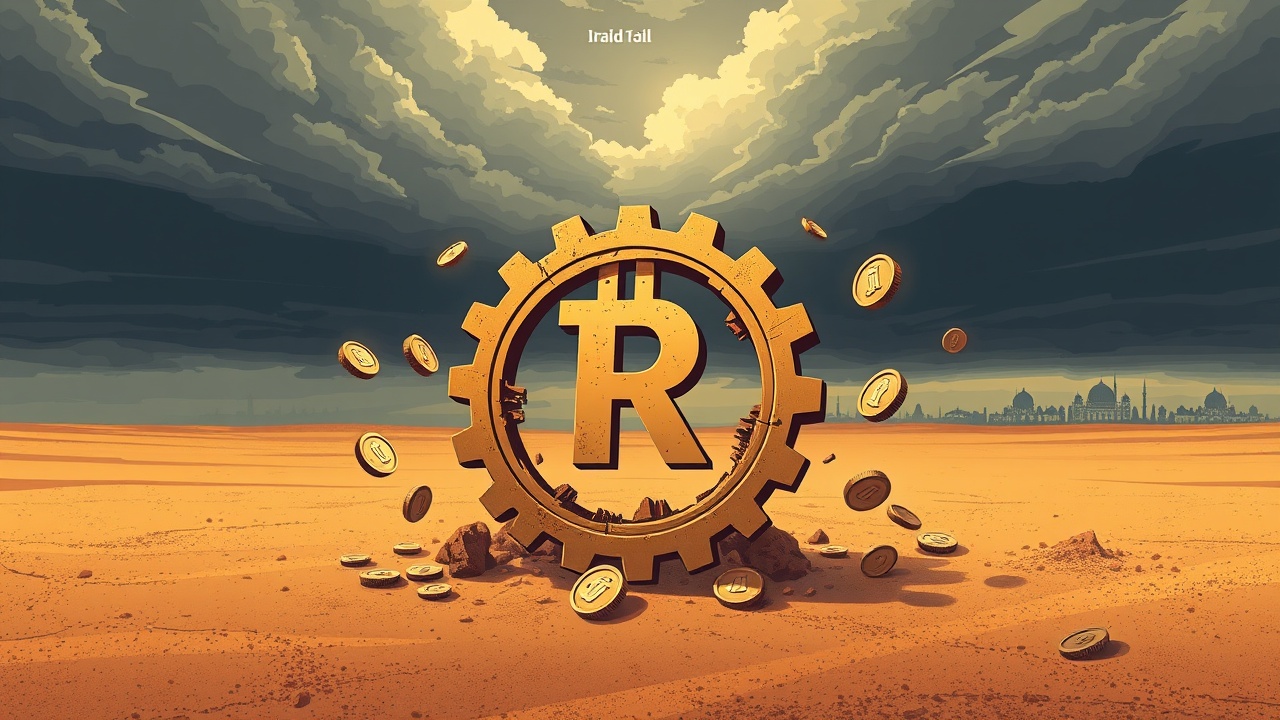New Regulations on Stablecoins in Iran
Iranian officials have enacted strict new regulations governing the use of stablecoins, establishing a maximum purchase limit of $5,000 per person each year and setting an overall cap on holdings at $10,000. This significant policy change was disclosed by the Central Bank’s High Council on September 27, coinciding with a staggering drop in the Iranian rial’s value, which recently hit a historic low of 1,136,500 rials to one U.S. dollar, in the wake of renewed United Nations sanctions.
Impact of New Guidelines
The new guidelines will affect all participants engaging on authorized digital platforms, with a transition period of one month mandated for compliance. Asghar Abolhasani, the secretary of the High Council, stated:
“From now on, the ceiling for purchasing stablecoins is set at $5,000 per user annually, and holdings cannot exceed $10,000.”
He further highlighted that individuals already holding stablecoins must also adhere to these new limitations within the designated timeframe.
Importance of Stablecoins
Stablecoins, especially tether (USDT), have emerged as crucial financial instruments for many Iranians, offering a means to protect their savings amidst the ongoing devaluation of the rial and rampant inflation. These digital assets, pegged to the U.S. dollar, have become essential for individuals aiming to shield their wealth from the severe economic turmoil shaking the nation.
Challenges and Consequences
For both everyday citizens and enterprises facing significant financial estrangement from the global financial system due to sanctions, stablecoins represent a critical avenue for international transactions and are a primary route for capital flight. The escalation in the use of these digital currencies has notably intensified during periods of increased geopolitical strain, particularly involving tensions with Israel and the United States.
However, the reliance on stablecoins is not without complexity; reports indicate that entities connected to the Iranian government may use USDT to finance proxy operations, acquire sensitive commodities, and facilitate imports, often leveraging efficient networks like Tron to route substantial financial flows.
The imposition of limits is likely to impact thousands of minor traders who depend on cryptocurrency markets for their livelihoods and economic stability. Penalties will be enforced for those found violating the new thresholds. This recent decision by the Central Bank follows earlier initiatives aimed at reducing foreign currency dependency during economic crises.
Historical Context
Historically, Iranian authorities have restricted access to U.S. dollars and gold to stabilize the rial, though such attempts frequently led to increased underground market activity. Iran’s currency has been on a downward trajectory for more than ten years, facing pressures from international sanctions, rampant inflation, and chronic systemic mismanagement. The latest restrictions on stablecoin usage underscore a heightened sense of urgency regarding capital flight and the diminishing confidence in the nation’s monetary framework.




